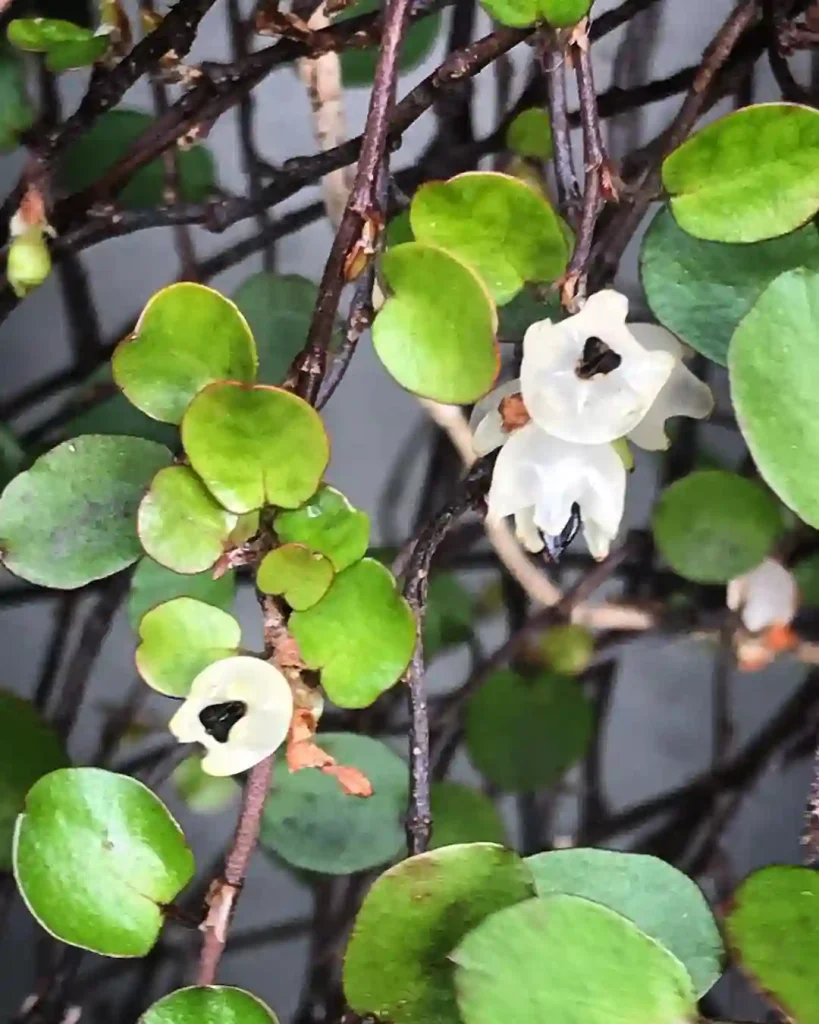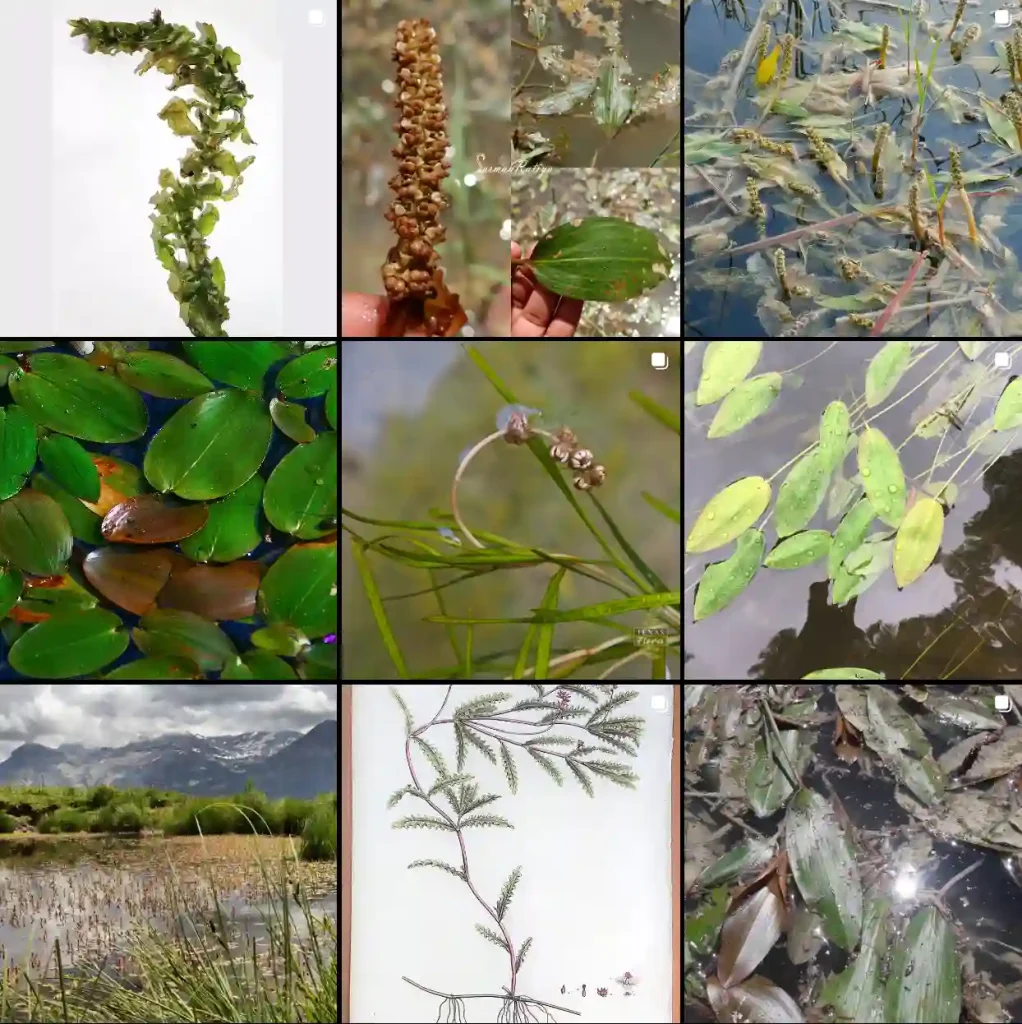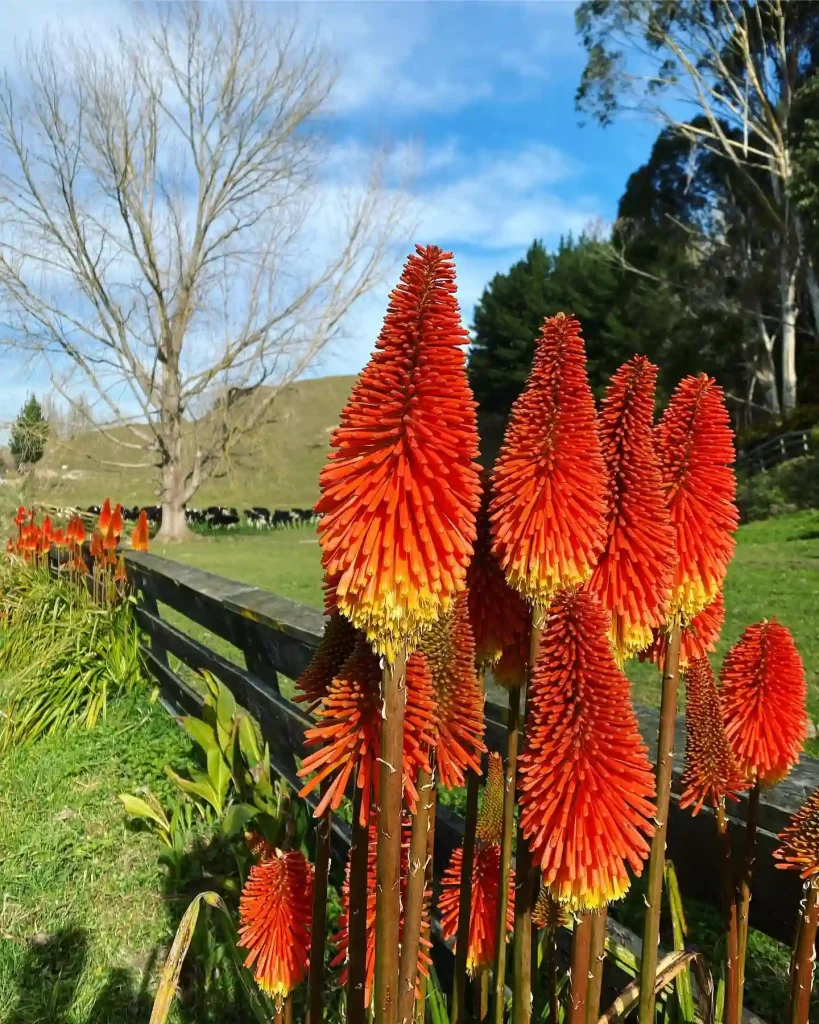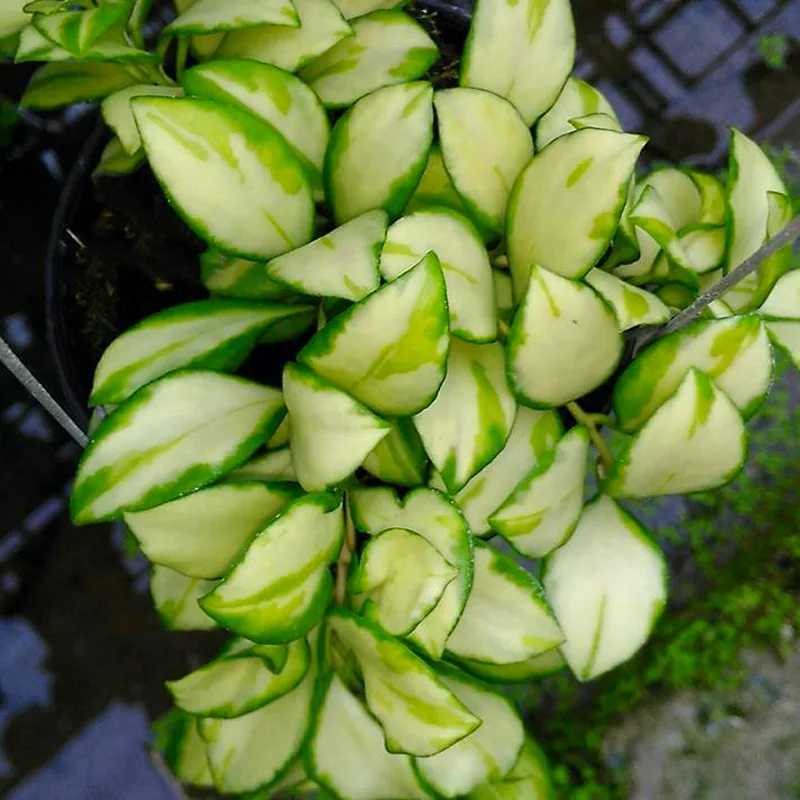Exploring the Huaceae Family: A Journey into Afrostyrax and Hua
As a plant enthusiast, I’ve always found myself drawn to unique families within the plant kingdom. One such family that captures my interest is the Huaceae. This family, though not widely known, comprises fascinating genera, particularly Afrostyrax and Hua. Today, I want to share my journey exploring these two genera, delving into their characteristics, habitats, and the role they play in their ecosystems.
Understanding the Huaceae Family
The Huaceae family is a relatively obscure group within the order Malvales. Despite its lesser-known status, it boasts some intriguing characteristics. Plants in this family are typically woody, consisting of trees and shrubs, which adds an element of diversity to our flora. The family is predominantly found in tropical regions, where conditions are ideal for growth.
The genera Afrostyrax and Hua have unique attributes, making them stand out. My exploration of these plants has provided me with insights into their ecological importance and the beauty they bring to their environments.
Diving into Afrostyrax
The Afrostyrax genus piqued my interest due to its distinctive features and adaptations. Originating from Africa, particularly in the tropical rainforests, these trees are known for their impressive height and robust structure. Afrostyrax species often thrive in well-drained soils, which are abundant in organic matter.
One of the most fascinating aspects of Afrostyrax is its leaves. The leaves are generally large and glossy, providing an attractive appearance. They serve a vital function in photosynthesis, capturing sunlight to fuel the tree’s growth. I remember visiting a botanical garden where a magnificent Afrostyrax specimen stood tall, its leaves glistening in the sunlight, creating a captivating sight.
Moreover, the flowers of Afrostyrax are another marvel. Typically small and inconspicuous, they bloom in clusters, showcasing a subtle beauty that complements the tree’s overall grandeur. While they may not be the showiest flowers, they play an essential role in attracting pollinators. I recall witnessing bees buzzing around an Afrostyrax tree, diligently collecting nectar and pollen. This interaction reminded me of the intricate connections within ecosystems.
Unraveling the Mysteries of Hua
On my journey, I encountered the Hua genus, which added another layer of intrigue to the Huaceae family. This genus comprises species native to tropical and subtropical regions of Asia, particularly in areas with high humidity and consistent rainfall.
What struck me most about Hua is its adaptability. These plants can thrive in various habitats, from rainforests to swampy areas. During my travels, I noticed how Hua species often exhibit a resilience to varying soil conditions. This adaptability is a testament to their evolutionary history, allowing them to thrive in environments that may challenge other plants.
Hua plants are characterized by their striking foliage and vibrant flowers. The leaves, often broad and lush, provide excellent shade in their native habitats. I remember standing beneath a Hua tree on a hot day, feeling the relief of its shade. The flowers, vibrant and fragrant, attract various pollinators, contributing to the biodiversity of their ecosystems.
Ecological Importance of Huaceae
Both Afrostyrax and Hua play crucial roles in their respective ecosystems. They provide shelter and food for various wildlife, from insects to larger mammals. The flowers attract pollinators, which are essential for plant reproduction. I often reflect on how interconnected our ecosystems are, and observing these plants has deepened my appreciation for biodiversity.
Moreover, trees in the Huaceae family contribute to carbon sequestration. As they grow, they absorb carbon dioxide from the atmosphere, helping mitigate climate change. This aspect has become increasingly important as we face environmental challenges.
Conclusion: A Personal Connection to Huaceae
Exploring the Huaceae family has enriched my understanding of plant diversity and ecology. The unique characteristics of Afrostyrax and Hua have left a lasting impression on me. Their beauty, adaptability, and ecological significance serve as a reminder of the importance of preserving our natural world.
As I continue my journey through the fascinating realm of plants, I carry with me the lessons learned from the Huaceae family. Each plant, no matter how obscure, plays a vital role in our planet’s health and sustainability. I encourage fellow plant enthusiasts to explore lesser-known families like Huaceae, as they often hold secrets that contribute to our understanding of the world around us.
If i die, water my plants!



